The Vagaries of Early Speed: Soft Leads and Pace Collapses
In recent years the question of pace in a race has become much more on punter’s radars, writes Dave Renham. When we watch flat racing on the television, pundits or commentators will almost always include a discussion about where the pace in the race is, and who is likely to lead.
Contents
ToggleIntroduction
The pace in a race is linked to run style, and I have written numerous articles analysing the run style of horses in both flat and National Hunt racing on this site. These articles, which can be found here, have often highlighted the edge front runners enjoy in races over certain distances at certain tracks. In this article I want to try as best I can to compare races where front runners get an uncontested lead, as opposed to races where there is strong competition for the early lead. I have decided to focus on handicaps of 1 mile or less in UK flat racing. I have looked at around 3000 races which is a very decent sized dataset.
I had two objectives. Firstly, to look at races where the leader got a ‘soft’ or ‘uncontested’ lead. In other words, a race where the front runner was not pestered in front and could potentially dictate the race. In an ideal world that would see the leader setting slow fractions thus saving more energy for later in the race, meaning there was more chance of the horse making all of the running to win. And secondly, I wanted to look at the opposite type of race, where there was strong competition for the lead with multiple horses up with or very close to the pace. In this type of scenario, the expectation is that those near the front will typically go off too hard, using too much energy, which makes it easier for a more conservatively ridden horse to come late and win from off the pace.
The problem with researching these ideas, is how to accurately determine which races fall into which category. It is not easy to do. If I had sectional timing for all courses and all races, with all the times for all horses at all call points in a database or spreadsheet, that would be a tool that could do the job. However, sadly I do not have access to such data. If I had the time to watch the replays of all 3000 or so races in this sample, then that potentially could help in analysing my ideas (although it would be subjective). That though is not a sensible use of my time, even if I had all the time in the world! Hence, I needed to come up with a different plan, one that could hopefully do the job...
Methodology
So I came up with a plan which, while I appreciate is not foolproof, I think it gives us a good overview if nothing else - a flavour, if you will - of how pace affects these types of races.
Firstly, I decided to find the average pace rating for every single race in the sample. To do this I used the same numerical values found on Geegeez where led (early leader) gets 4 points, prominent 3, mid division 2 and held up 1. Hence to get the average pace rating for each race I added up the pace scores of all the runners and divided it by the total number of runners in the race. Let me give a worked example to help explain it more clearly.
Below is a result from Chelmsford over 6f from July 2023:
As we can see there were 10 runners, one early leader (L), two prominent racers (P), four horses that raced mid-division (M), and three that were held up (H). Hence the calculation is as follows:
Thus, if we add up the total points column, we get 21 and then we divide it by 10 runners to give us the average pace rating for that race:
I did this calculation for each race using some Excel wizardry and the averages ranged between a lowest pace average of 1.96 and the highest standing at 3.50. The vast majority of race averages landed between 2.10 and 2.90.
The reason for creating these race pace averages was to help determine how much pace there was in each race. The lower the average, the more horses would have been held up or raced in mid pack. Hence, there was likely to be far less pressure on the early leader. Higher race pace averages would see more horses contesting for the early lead and/or being on the heels of the leader(s).
Although I could not be 100% certain for every race, logic dictated - and my working assumption was - that lower pace race averages would conform to races where the early leader gets a soft or uncontested lead, while the higher averages would have a greater chance of producing races where the early pace might collapse. I decided for any run style or pace comparison from now on I was going to lump together the results for mid-division horses with hold up horses. This makes sense to me as mid-division horses still have plenty of ground to make up in order to win. From now on this joint group will be referred to as simply 'the hold-up group' – making it less of a mouthful than to keep calling it the hold-up/mid-division group.
Having calculated the race pace averages I needed to decide on the best way was to interpret the results. The problem we always have with any pace/run style data is how to calculate win rates etc. It is not as simple as what proportion of races are won by early leaders compared to hold up horses. This is because, on average, there are far more horses that are held up compared with horses that lead early. In my example Chelmsford race, there was one front runner, four midfield and three held up horses.
Normally, I simply divide the number of winners to runners within each run style group but when I did this looking across different pace race averages, I realised we could not compare strike rates in that way. I won’t go into the mathematical reasoning as it is quite complicated to understand - and even more difficult to explain!
I decided the only way to have a fair comparison was to create a type of impact value where I divided the win percentage of leaders within their leaders’ group by the win percentage of hold up runners within their hold up group. I will call it the Comparison Strike Rate, or CSR for short.
This way I could get a straight comparison, with the idea being that the CSR figure would help to show any significant differences in performance (according to the relative strike rates). Hence a CSR of 2 would suggest that a lone front runner has double the chance of winning as compared to one of the hold up horses. [I have used this CSR idea before in two 2yo articles back in 2019.]
All Distances (5f-1m)
I split the race pace averages up into four groups where there was a similar number of races within each group. Here are the CSR splits:
Essentially, the 2.39 or less group are the races where it is more likely that a front runner got an uncontested lead; and we can see that front runners have been far more successful within their run style group than hold up runners have within theirs, winning 2.44 times as often.
Fast forward to the races with the highest race pace averages (the 2.68+ group) and we can see the CSR drops to 1.34. It is in these races, where there is the most pace in the race, that we would expect an overly fast early tempo - and the numbers back this up. Front runners do still have an edge, but it is vastly diminished. Therefore, it does seem that what pundits and punters have believed for years is true: front runners that get an uncontested lead win far more often than front runners that have horses pressing them for the lead or snapping at their heels.
What is also pleasing when looking at the graph is that not only do both ends of the spectrum match the expectation, but there is excellent correlation as the race pace averages increase (from left to right on the graph). This gives me more confidence in the findings and my initial theory.
Having found the types of patterns that I was hoping for I felt I wanted to dig deeper and split the data further by looking at different distances, starting with the minimum distance.
For the rest of this article though I am just going to compare the two ‘extremes’ – the races with the lowest race pace average band (2.39 or less) with races with the highest (2.68 or more).
5f handicaps
Anyone who has read my run style/pace articles over the years will know that 5f races give front runners the strongest edge when taking all courses into account. Hence, I would expect the CSR figures for both groups to be higher than the average figures for all 5f-1m races we saw in the first graph. I would also hope that we still see a significant differential between the two CSR figures.
Here is what I found:
As the graph shows, front runners had a CSR figure of 3.68 in races where the early leader got an easy time of it. This is well above the 5f-1m average figure of 2.44. In 5f handicaps when there was plenty of competition up or near the front early, front runners were still 2.27 times more likely to win than one of the hold up horses.
Ultimately, punters should not be put off backing a potential front runner in a 5f handicap even if there is likely to be a lot of pace on. They still have a decent edge and offer value. If the shape of the pace suggests an easy lead, then we can be even more confident of a good run from the horse that takes the early lead.
6f handicaps
Front runners maintain a healthy edge generally over 6f, but it is nowhere near as potent as it is over 5f. Hence, we should expect a drop in both CSR figures. Here are my findings:
In six-furlong races where there is less competition for the lead, we see a strong CSR figure of 2.76. Front runners continue to enjoy a huge edge over hold up horses. However, when we get to races over 6f where there is plenty of early pace and possible battles up front, we see the figure drop markedly to just 1.27. Front runners still offer better value than hold ups under such conditions, but the edge is small.
7f-1m handicaps
I am lumping together 7f and 1m handicaps simply because once we hit 7f, although front runners still hold sway, the advantage is much diminished when compared to the stats at 6f and especially 5f contests. There are a handful of courses where over 7f front runners enjoy a very strong edge; Beverley, Chelmsford, Epsom, Leicester and Musselburgh immediately spring to mind. However, overall, it is a more even playing field. Let’s see what the CSR figures show this time:
Races where the pace average was 2.39 or less still favoured front runners more than those where the pace average was 2.68 or higher. However, both figures have dropped further from those we saw over 6f. This is as we would expect but it always good to have it confirmed in black and white, or in this case red.
I would like to share one final graph which combines the preceding trio of charts so we can perhaps more easily compare the CSR figures across the different distances / race pace averages:
Conclusions
So, what has this research told us? Well, assuming that my theory is correct in terms of races with a pace average of 2.39 or lower being races where the early leader has an easier time of it, and that those 2.68 or higher are when there is more competition for the lead, then theories about easy leads and pace collapses are almost certainly true. At least the numbers shared suggest this is the case in handicaps of 1m or less. Moreover, the shorter the distance the easier it seems for front runners with uncontested leads to win.
Before I finish, what I have done for my own peace of mind is to watch back some replays of races where the pace race averages were 2.39 or less, and virtually all races saw the early leader lacking strong competition for its lead. Likewise, I did the same for some races averaging 2.68 or more and a high percentage of those saw some very strong competition for the lead early. This adds some qualitative confidence that my race pace averages do the job I was hoping for.
I appreciate that, until the race has been run, we are unable to calculate the race pace averages. However, the Geegeez racecards give us past running styles for each horse to a maximum of their most recent four runs so this is a tool we can use to try and work up the likely pace make-up for any race in question.
There is plenty more scope for me to keep researching races with different pace make-ups. I do have data for non-handicaps up to 1 mile, as well as data at longer distances. I also could try to look at other angles within the 5f-1m handicap bracket. Ideas include do front runners with uncontested leads win more often in lower class races? That has some logic behind the theory so I may test that. I may also analyse different courses in more detail, and I might expand to try and find any positives or negatives regarding prominent racers across different race pace averages.
So many ideas, why are days only 24 hours in length?!
- DR











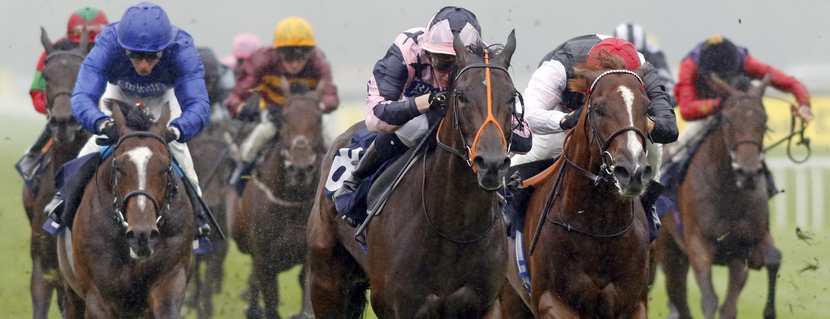
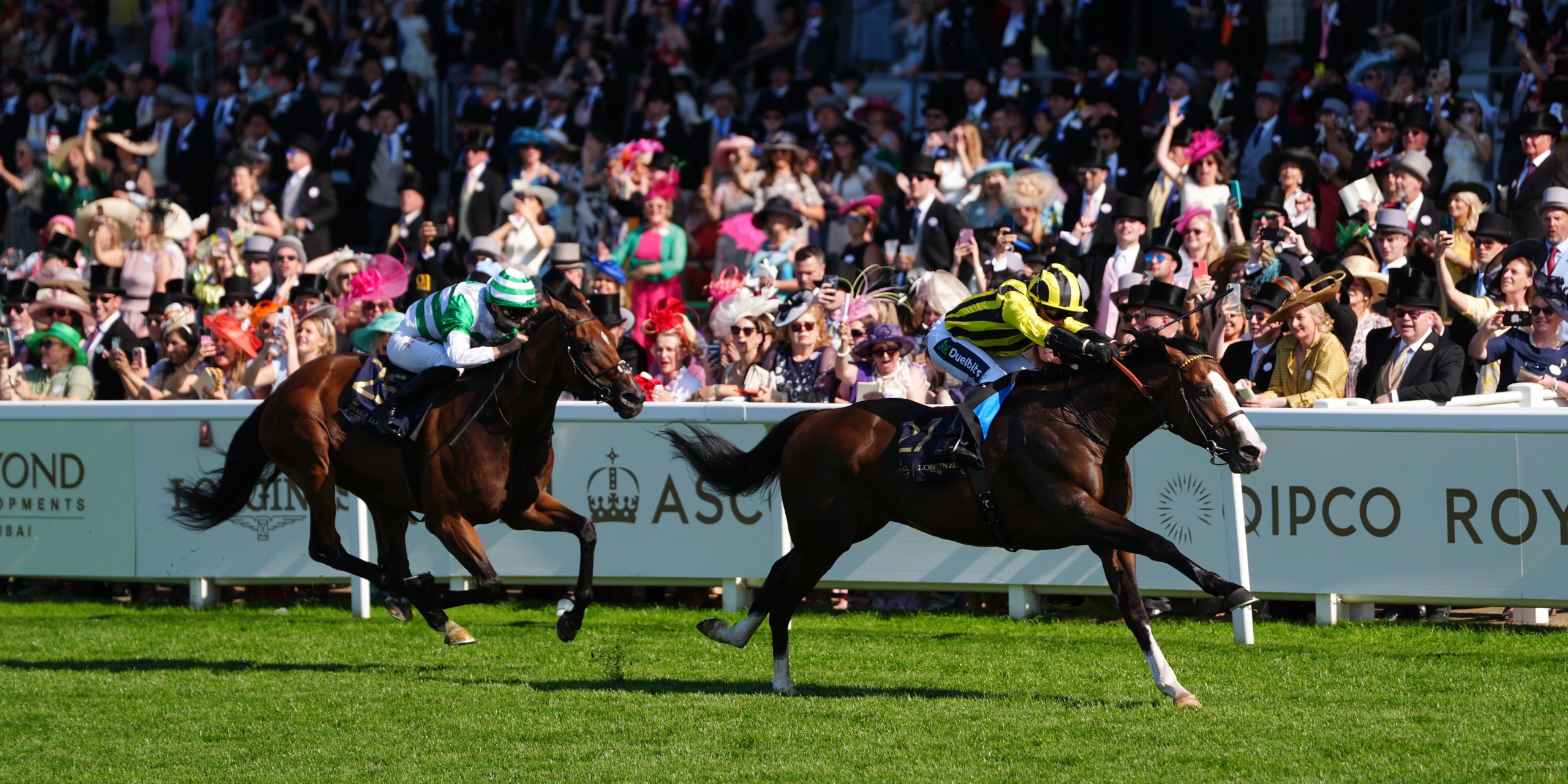
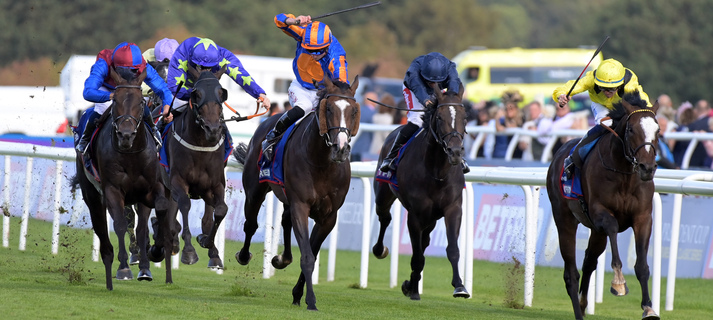
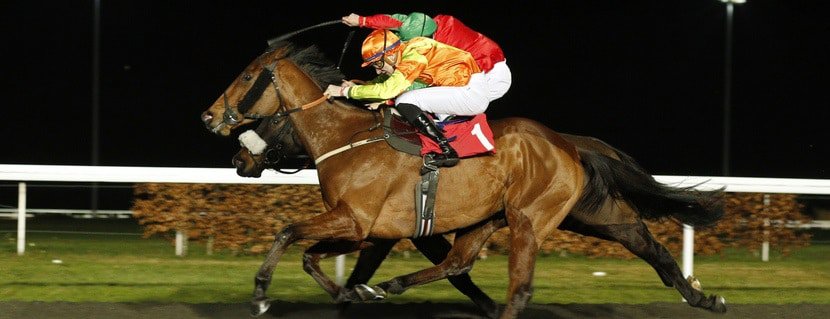
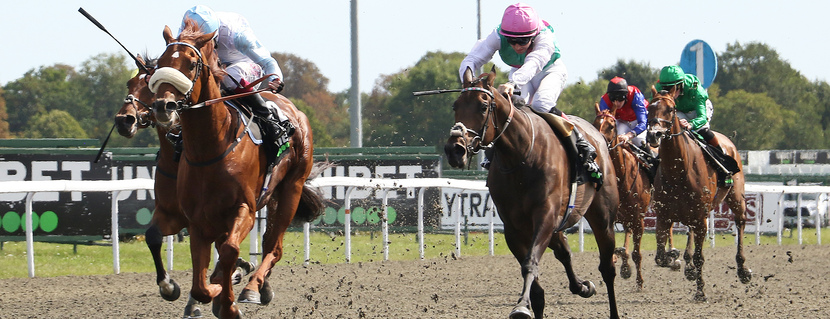








good stuff, be interesting to see difference in courses for sure!
I am thick but someone once told me, there’s no such thing as a stupid question, BUT…
How do we do these sums prior to a race, without knowing the ‘run style’ of each entrant? I can’t seem to find a RS column on the race cards, and the Pace tab is based on the last 4 races and there are often blurred lines?
TIA
Hi Lester
The RS column is inline in the form, between DRAW and Outcome columns, and also on full results, between distance beaten and the horse name – as per the image in the post.
Without knowing the run style it’s impossible! And we cannot know how today’s race will be run, of course – as Dave has said many times, if we did, there’d be no racing and some of us would have retired before that happened!
But we can get a feel for the pace in the race, as follows:
1. Look at the PACE tab and find the ‘Ave’ and ‘Pc%’ for any horse, and note the number of runners in the race
2. Do the following sum: (Ave/Pc%) / field size
3. Voila, your ‘Pace Contention Rating.
Example:
Top Biller has a Pace Average of 3.67, and a Pc% (Percentage of the Pace) of 13.4% – and the race has 12 runners
We do 3.67/0.134 = 27.39
Then divide by 12 runners = 27.39 / 12 = 2.28
Pace Contention Rating is 2.28
We’re thinking about adding this snippet to the Pace tab for easy reference but the calculation is simple enough.
Matt
Ahhh thanks Matt, I was terrible at maths but even I can manage that sum!
I was looking for the RS on the racecard…
I look forward to putting it in to practice!
Cheers
Leave a Reply
Want to join the discussion?Feel free to contribute!